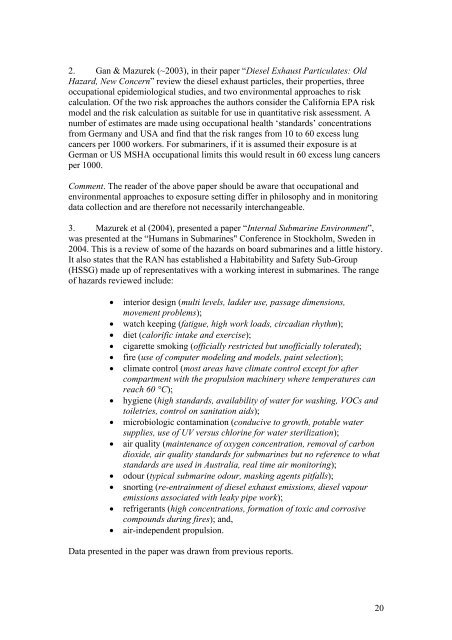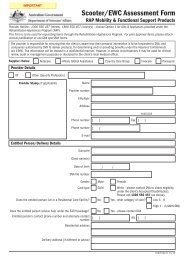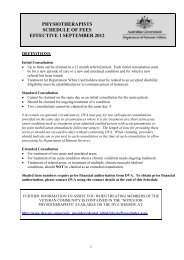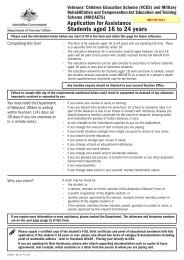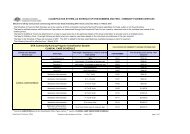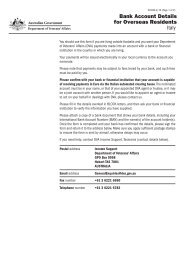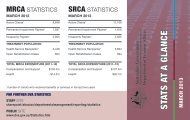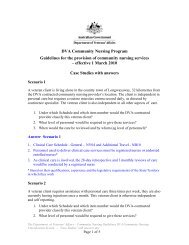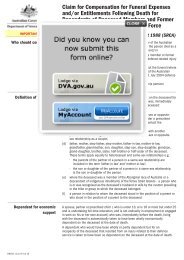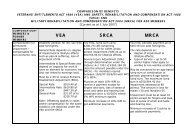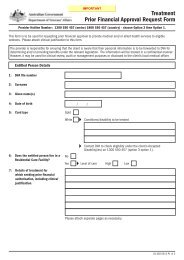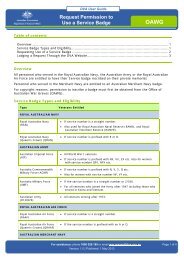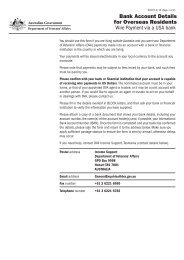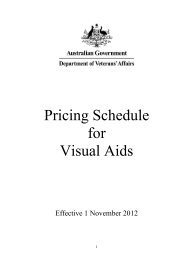Oberon Class Submarine Occupational Hygiene Project Final Report
Oberon Class Submarine Occupational Hygiene Project Final Report
Oberon Class Submarine Occupational Hygiene Project Final Report
Create successful ePaper yourself
Turn your PDF publications into a flip-book with our unique Google optimized e-Paper software.
2. Gan & Mazurek (~2003), in their paper “Diesel Exhaust Particulates: OldHazard, New Concern” review the diesel exhaust particles, their properties, threeoccupational epidemiological studies, and two environmental approaches to riskcalculation. Of the two risk approaches the authors consider the California EPA riskmodel and the risk calculation as suitable for use in quantitative risk assessment. Anumber of estimates are made using occupational health ‘standards’ concentrationsfrom Germany and USA and find that the risk ranges from 10 to 60 excess lungcancers per 1000 workers. For submariners, if it is assumed their exposure is atGerman or US MSHA occupational limits this would result in 60 excess lung cancersper 1000.Comment. The reader of the above paper should be aware that occupational andenvironmental approaches to exposure setting differ in philosophy and in monitoringdata collection and are therefore not necessarily interchangeable.3. Mazurek et al (2004), presented a paper “Internal <strong>Submarine</strong> Environment”,was presented at the “Humans in <strong>Submarine</strong>s" Conference in Stockholm, Sweden in2004. This is a review of some of the hazards on board submarines and a little history.It also states that the RAN has established a Habitability and Safety Sub-Group(HSSG) made up of representatives with a working interest in submarines. The rangeof hazards reviewed include:• interior design (multi levels, ladder use, passage dimensions,movement problems);• watch keeping (fatigue, high work loads, circadian rhythm);• diet (calorific intake and exercise);• cigarette smoking (officially restricted but unofficially tolerated);• fire (use of computer modeling and models, paint selection);• climate control (most areas have climate control except for aftercompartment with the propulsion machinery where temperatures canreach 60 °C);• hygiene (high standards, availability of water for washing, VOCs andtoiletries, control on sanitation aids);• microbiologic contamination (conducive to growth, potable watersupplies, use of UV versus chlorine for water sterilization);• air quality (maintenance of oxygen concentration, removal of carbondioxide, air quality standards for submarines but no reference to whatstandards are used in Australia, real time air monitoring);• odour (typical submarine odour, masking agents pitfalls);• snorting (re-entrainment of diesel exhaust emissions, diesel vapouremissions associated with leaky pipe work);• refrigerants (high concentrations, formation of toxic and corrosivecompounds during fires); and,• air-independent propulsion.Data presented in the paper was drawn from previous reports.20


